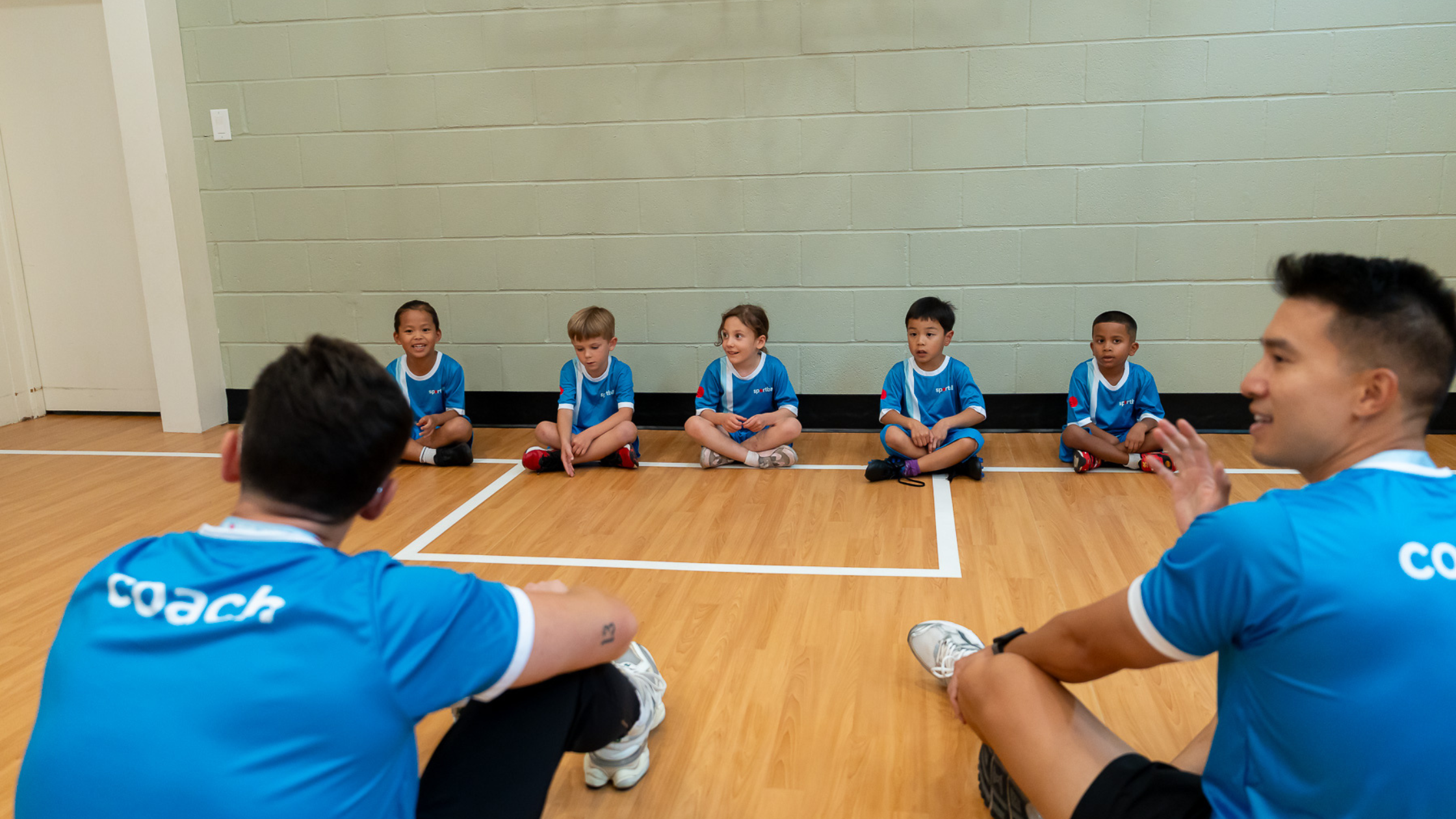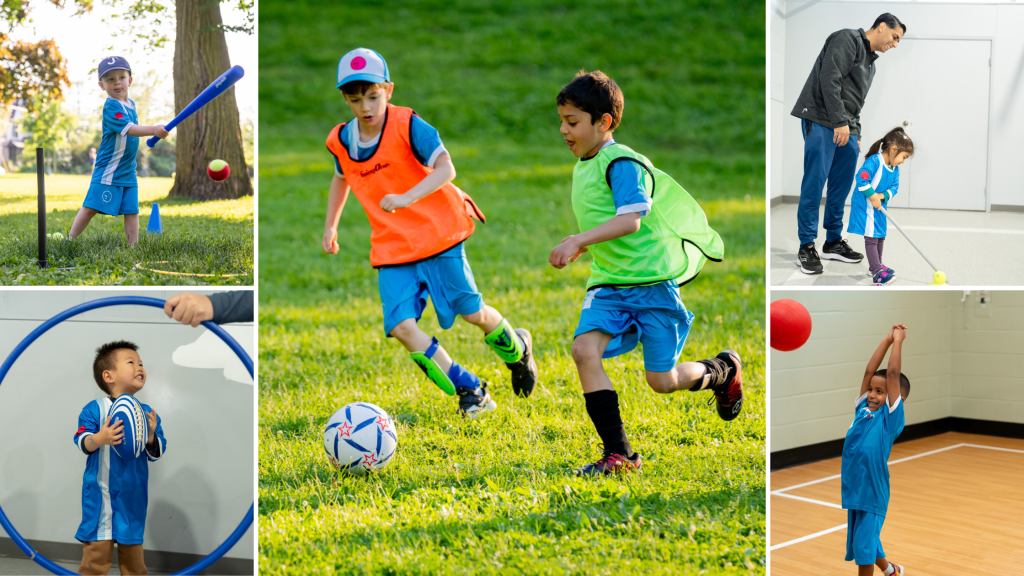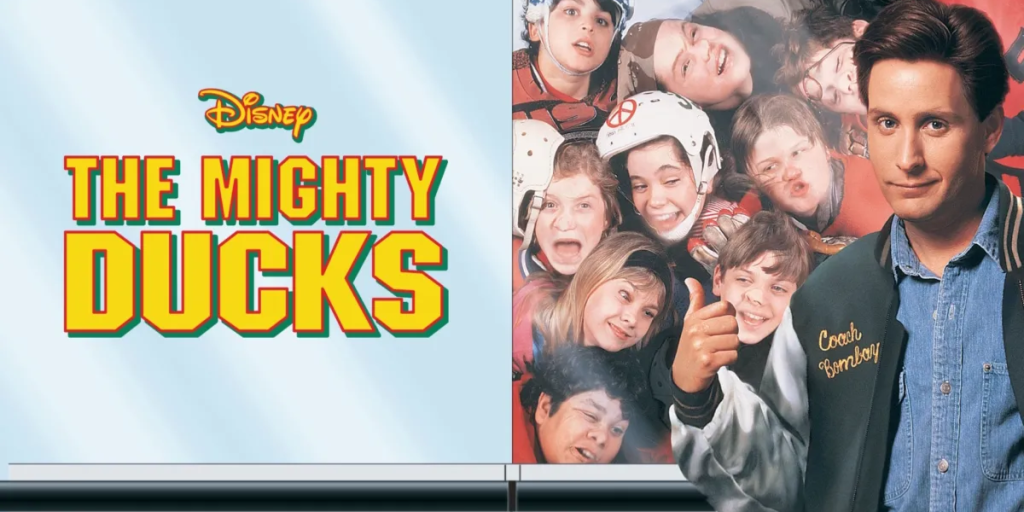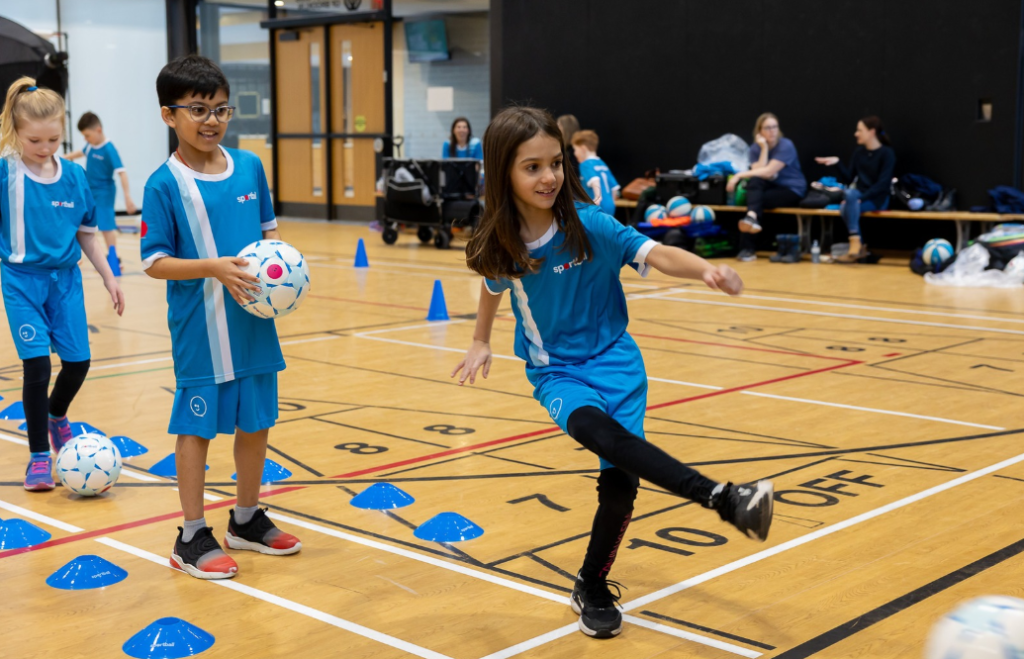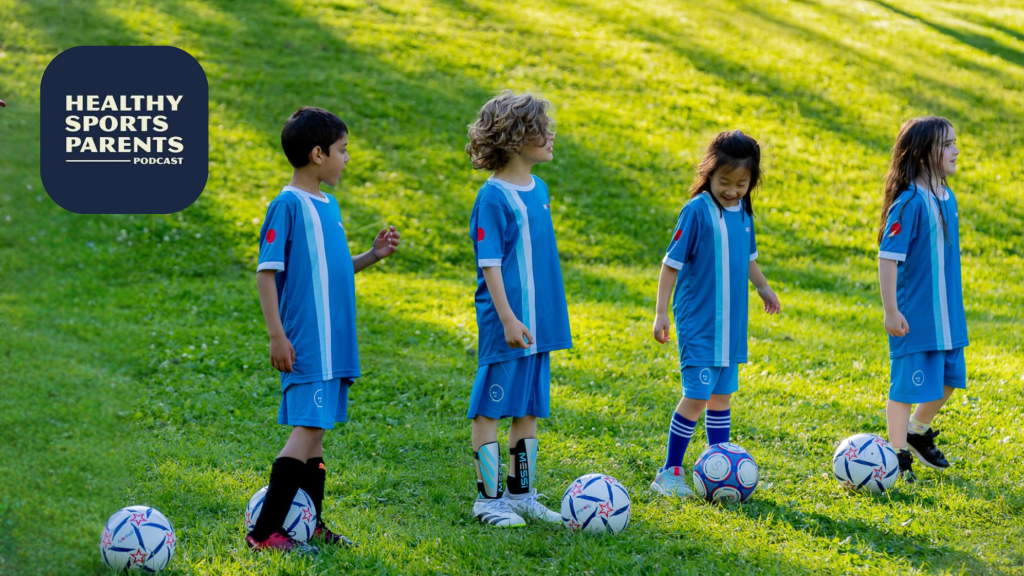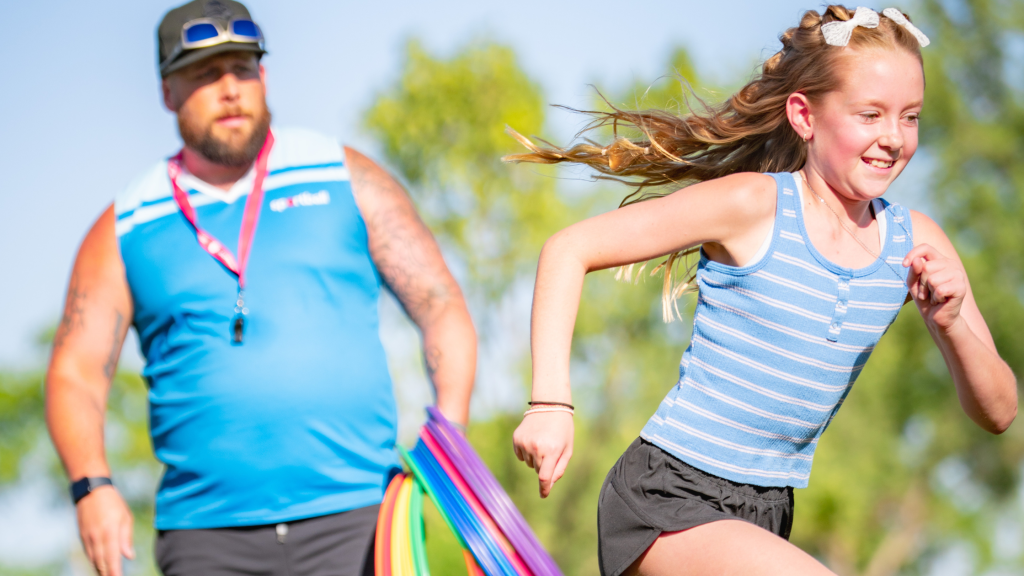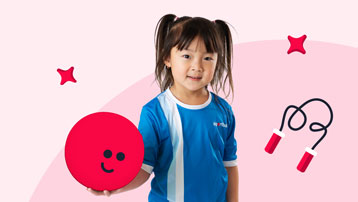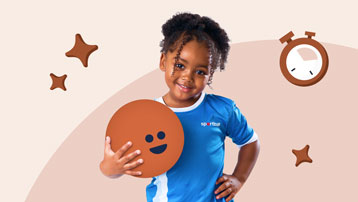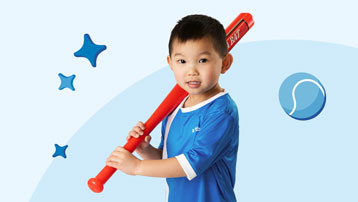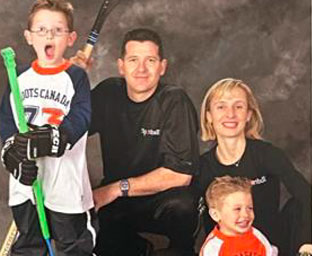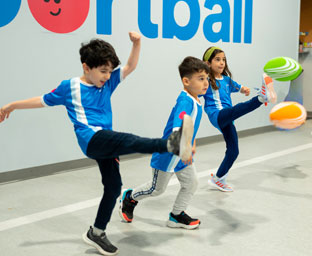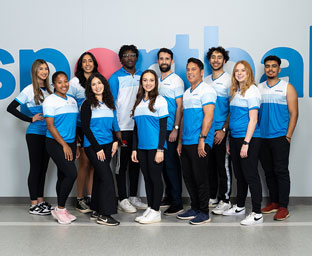Multi-sport season is officially underway, and our little athletes are back in action! We stopped by one of our locations to join Coach Ronda, a mentor coach at Sportball, for a behind-the-scenes look at what the first indoor classes of the season looks like—from arrival to high-five good-byes.
A multisport kids class blends fun, learning, and movement. From warm welcomes to skill-building games, each session helps children develop confidence, coordination, and a lifelong love of being active.
Quick summary: What to expect at a multisport kids class
- Warm welcome and smooth sign-in process
- Play-based warm-ups and structured skill learning
- Parent–child collaboration or independent play (depending on class)
- Skill-building games that boost confidence and coordination
- Positive wrap-up and family connection
Arrival & Sign-In: Welcoming Our Sportballers
Parents can expect a warm, personal welcome where every child is greeted by name and supported from the moment they arrive. Coaches prepare early, set up equipment, and create a safe, friendly space that helps kids feel comfortable and ready to play.
The first few minutes of class set the tone for the whole experience. My lead coaches and I arrive early to set up equipment, review safety protocols, and make sure every space is ready for small feet and big energy.
When families arrive, we are at the door to greet every child by name and help them feel comfortable. For our drop-off groups, this is when we meet new Sportball kids and their grown-ups one-on-one, helping ease first-day jitters. For our parent–child classes, this is a chance to connect and get ready to play together. This warm welcome is such an important start—it builds comfort and trust before the learning even begins (AAP, 2019).
First-Day Expectations: Getting Ready to Play
At the first indoor class, families learn what to expect – clear routines, fun transitions, and a welcoming environment that builds confidence. Coaches walk through safety, setup, and expectations to help every child feel secure, whether it’s a parent–child session or a drop-off class.
We couldn’t wait to welcome families back indoors after a summer on the fields. Indoor classes look a little different than outdoor ones, so we take time to refresh everyone on expectations, class routines, and safety protocols. A few days before launch, I always check in with fellow coaches to talk through space setup, class sizes and needs, and what to expect from our age groups. It’s also when we go over how to make families feel right at home—because a confident, comfortable child is a happy, active one. These small, development-focused details help kids feel secure and ready for fun. We talk about how to welcome families, keep transitions smooth, and create those early moments of success that build confidence.
In our parent–child classes, grown-ups become their little one’s personal trainer and biggest fan. We guide parents to help kids learn the basics—running, jumping, throwing, balancing—through play-based games that build confidence and coordination.
For our drop-off groups, the first “see you soon” moment can be a big milestone. We ease the transition by meeting each child (and parent!) individually and helping new Sportball athletes warm up at their own pace.
Warm-Up Time: Getting Bodies Moving
Warm-ups are playful, structured games that teach kids how to move their bodies safely and confidently.
Every class starts with a warm-up that’s equal parts fun and functional. For our youngest groups, games like Jack in the Box teach kids to squat, jump, and move through space—skills that form the foundation for every future sport. But warm-ups aren’t just about stretching muscles—they also help children learn structure and routine. When kids know what comes next, they’re more confident and ready to try new things. Games like Popcorn are perfect icebreakers for our Drop-off groups—they let kids move, laugh, and succeed both on their own and alongside others.
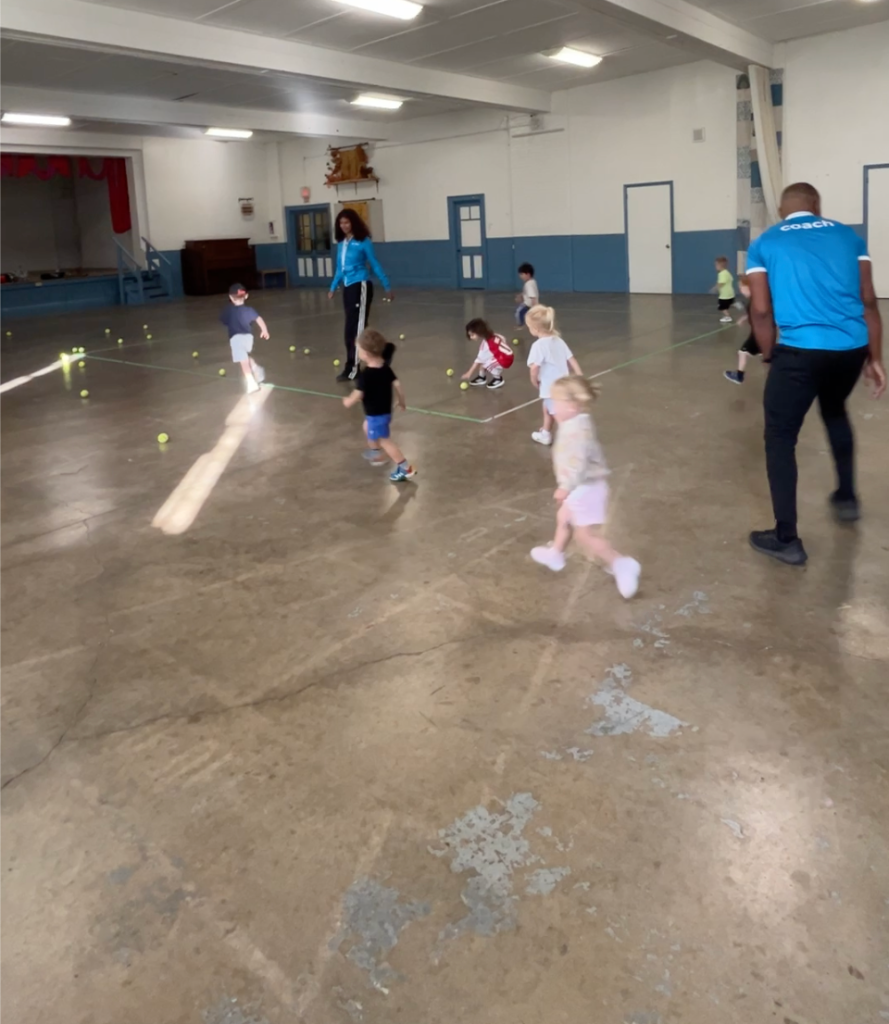
Skill Practice: Learning Through Play
Each class focuses on a core sport skill, taught through stories, movement, and imagination. Coaches break skills into easy steps so kids can explore, practice, and celebrate success – building physical literacy and confidence one game at a time.
After warm-ups, it’s time to dive into the focus skill of the day’s sport. Our coaching team takes turns breaking movements down into simple, age-appropriate steps, using stories and games to keep learning fun and meaningful.
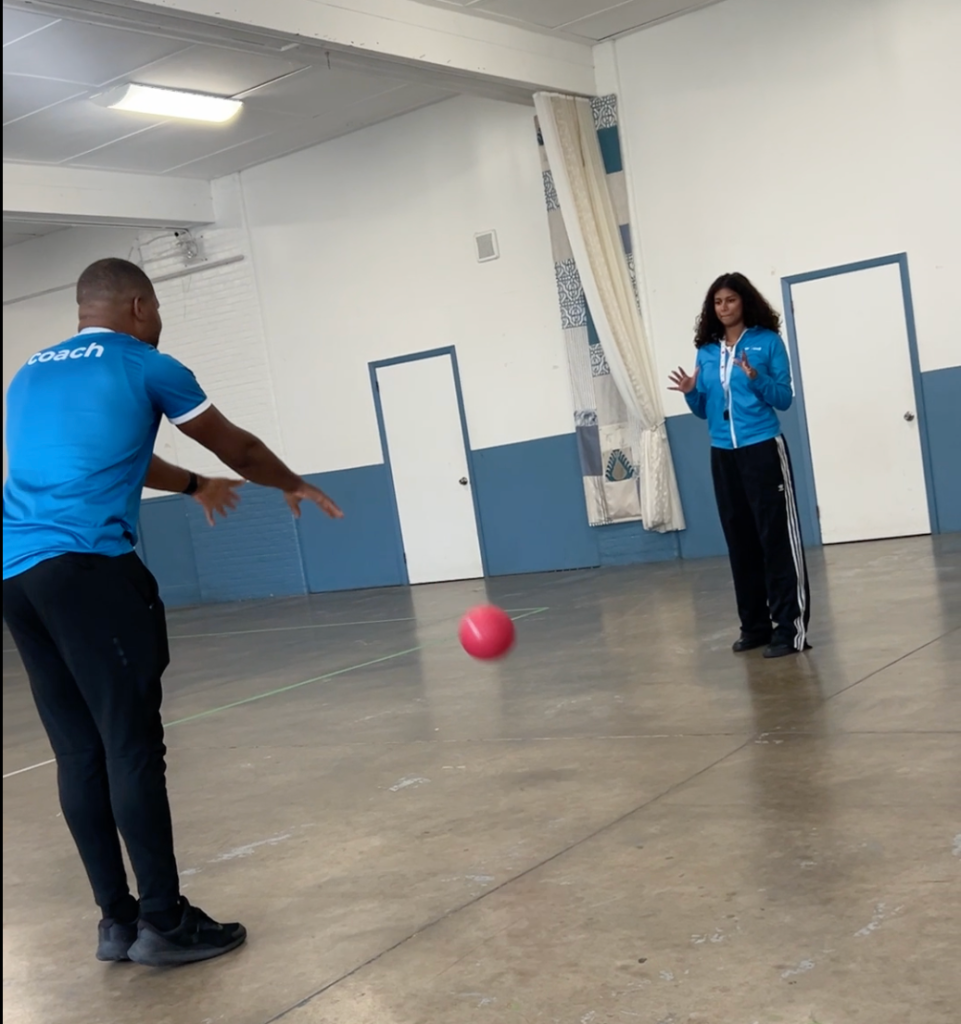
In our parent–child classes, we give the grown-ups a chance to be active partners—helping their kids explore new movements while cheering them on. In our drop-off programs, we encourage independence by layering small challenges and celebrating every success. Once kids are settled into the basic routines, we bring in storylines and imagination to keep them engaged. For our 3–6 age group, stories help them understand why and how we move our bodies in different ways for different sports.
Halfway through drop-off classes, water breaks give coaches another chance to connect one-on-one and build relationships with each child. Here, we can celebrate small wins, encourage shy participants, and build connections that make kids excited to come back each week.
Each activity builds what experts call physical literacy—the ability and confidence to move in different ways across different sports. Skills from one sport often carry over into others, making children more well-rounded athletes (Nationwide Children’s Hospital, n.d.).
Games & Group Play: Confidence in Action
Group games help kids apply new skills in fun, supportive ways.. In our older drop-off classes, kids’ motor skills are developing fast! We have to adapt on the fly, challenging each child based on their individual progress. During the first week of basketball, for example, some kids were already pros at standing dribbles. So, the next challenge? Dribbling while moving! We sneak in these progressions through fun games like “Red Light, Green Light”, which let kids practice new sport skills in fun, creative ways. These activities are designed so every child has something they can already do well and something new to keep practicing.
Wrap-Up & Dismissal: Ending on a High Note
Before we know it, class time is over! We bring families together for a quick review of the day’s skills, a reminder of what we’ll be learning next time, and of course—our famous Sportball cheer and high fives all around. Families reunite at the door, and we make sure each child leaves with a smile (and often a story or two about what they learned that day). If you want to learn more, read our parent’s guide to multi-sport programs!
The start of a new season always brings excitement, a few jitters, and lots of joy—but most of all, it sets the stage for growth. Whether it’s learning to jump, dribble, or simply take turns, every class builds confidence, one play at a time. Here’s to a fun, active, and unforgettable Fall season at Sportball!
Common questions from parents
How long are multisport classes?
Parent and Child multi-sport classes are 45 minutes. Drop off multi-sport classes are one hour.
What ages are they for?
Multi-sport classes benefit children ages 16-months to 12years.
What sports are typically included?
Multi-sport includes soccer, basketball, football, baseball, tennis, hockey, volleyball, and golf.
